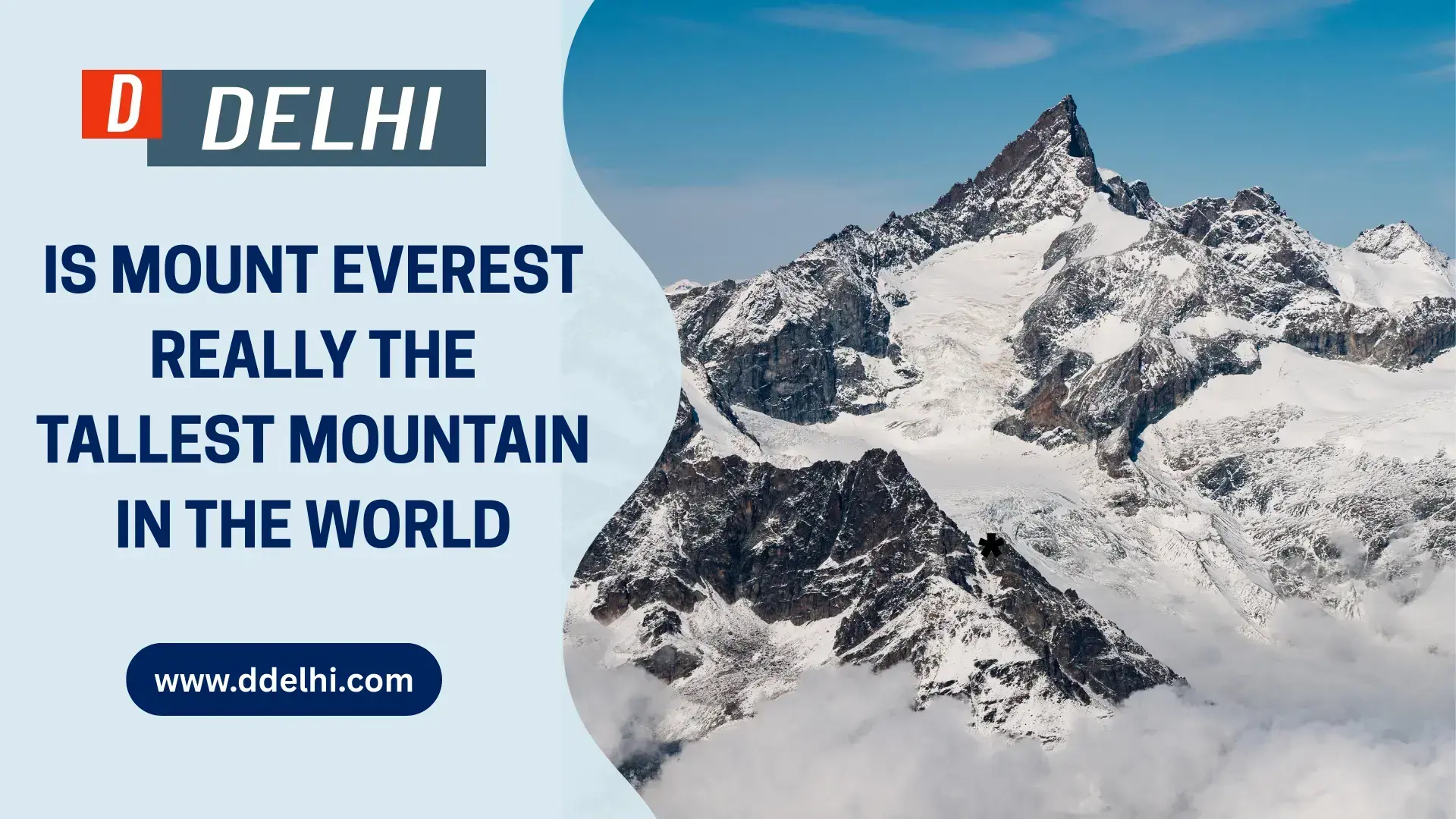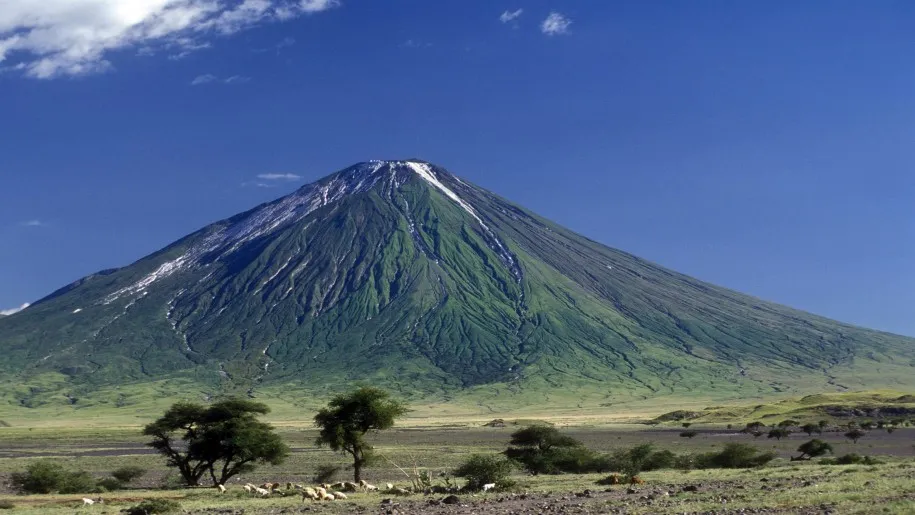
Is Mount Everest Really The Tallest Mountain in The World?
When we think of the tallest mountain in the world, generally Mount Everest comes to mind. Standing at an impressive height of 8,848.86 meters above sea level, this mountain is considered the highest peak on Earth. However, there are actually other mountains that could also claim this title. You don’t need to feel confused, as the simple fact is that Everest is not the tallest mountain in every sense.
Scientists have discovered various methods to measure mountain heights, and that’s why more mountains are competing for the world tallest mountain title with Everest. Keep reading to learn more about them and get a clear understanding of which is really the tallest of them all.
Table of Contents
Which is The Tallest Mountain in The World?
Generally, when we talk about height, we mean above sea level. If we measure the heights of all the mountains in the world with this measure, Mount Everest is truly the tallest mountain on Earth. However, the mountain’s height can be measured in other ways, like from its base to its peak or from the center of the Earth.
So, if we consider these measuring methods, the debate about which is really the tallest mountain in the world begins. Everest is 8,848 meters tall, and most people consider it to be the tallest mountain on Earth. However, actually, some other mountains with impressive heights are strong rivals for this title. Mauna Kea has a height of 10,200 meters; it is a dormant volcano in Hawaii, and a strong competitor for Everest.
Even with a taller height, Everest has the title of the world tallest mountain. But there’s nothing to be confused about, as Mauna Kea’s height above the sea level is only 4,207 meters, as most of this volcano is hidden under the Pacific Ocean. Everest rises directly from the land, so its height above sea level is more than Mauna Kea.
Mount Everest and How It Reached The Skies
Millions of years ago, a supercontinent called Pangea broke apart. This causes the Indian subcontinent to slowly move northwards towards Asia. This gradual movement continued for millions of years, and then the Indian plate collided with the Eurasian plate, which carried the Asian continent. This collision occurred around 40-50 million years ago and led to the rise of a massive crust between the two plates, forming the Himalayas.
Mount Everest, the tallest peak in the Himalayan range, took nearly 50 million years to reach its current height. You might be surprised that even today, it is growing at about 1 cm per year due to the continuous movement of the tectonic plates. Everest is located on the border of Nepal and Tibet, and is popular for its extreme height, snow-covered peaks, and challenging climbs.
Mauna Kea: The Hidden Giant Beneath The Ocean
As we discussed earlier, the height of Everest is less than Mauna Kea, if we measure this dormant volcano’s height from the mountain base. But most of its park is lying underwater, and generally, height is measured from sea level. Currently, this hidden giant beneath the ocean is not active, but it has potential for future eruptions.
Let’s now understand how Mauna Kea was formed. Other than the different types of plate boundaries, there are special spots on our planet that are called hotspots. These are the areas where molten rock in the form of magma rises from deep inside the Earth. The rising magma or mantle plume comes out through the Earth’s surface in the form of volcanoes.
This leads to the formation of islands, but this process takes millions of years, as the magma builds up over time. The Hawaiian island chain is one of the best examples of this. Mauna Kea is a part of this chain of islands, and indicates that the Pacific plate beneath is always moving. It is because if it were still, there would be only one large island.
So, this process of magma upwelling led to the creation of Mauna Kea, which is the tallest mountain in the world, if its height is measured from the base. Today, the Hawaiian islands are among the most famous holiday destinations worldwide.

Mount Chimborazo: The Farthest Point From Earth’s Center
We are already aware that the shape of the Earth is not a perfect sphere, and it bulges at the equator. Mount Chimborazo is located very close to the equator, and its height above the sea level is 6,263 meters, which is clearly less than Everest. However, due to the unique location of Mount Chimborazo, its summit is actually the farthest point from the Earth’s center. In simple words, if we measure the height of these two mountains from our planet’s core, Chimborazo surpasses Everest. This makes it a strong and unique content for the tallest mountain in the world.
So, Which Mountain Truly Deserves The Title?
Every mountain on Earth is unique and impressive in its own way and holds remarkable records. If you’re still thinking about which mountain truly deserves the title, the answer is simple: how you define tallest. If you consider the height above sea level, Mount Everest deserves this title; from base to peak, Mauna Kea is the champion; and measuring it from the Earth’s center, Chimborazo is the tallest mountain. Most people only know about Everest being the tallest mountain, but there are several massive giants on our planet, and each one holds a unique title.
Also Read: 10 Budget-Friendly Countries Indians Can Visit Without a Visa



